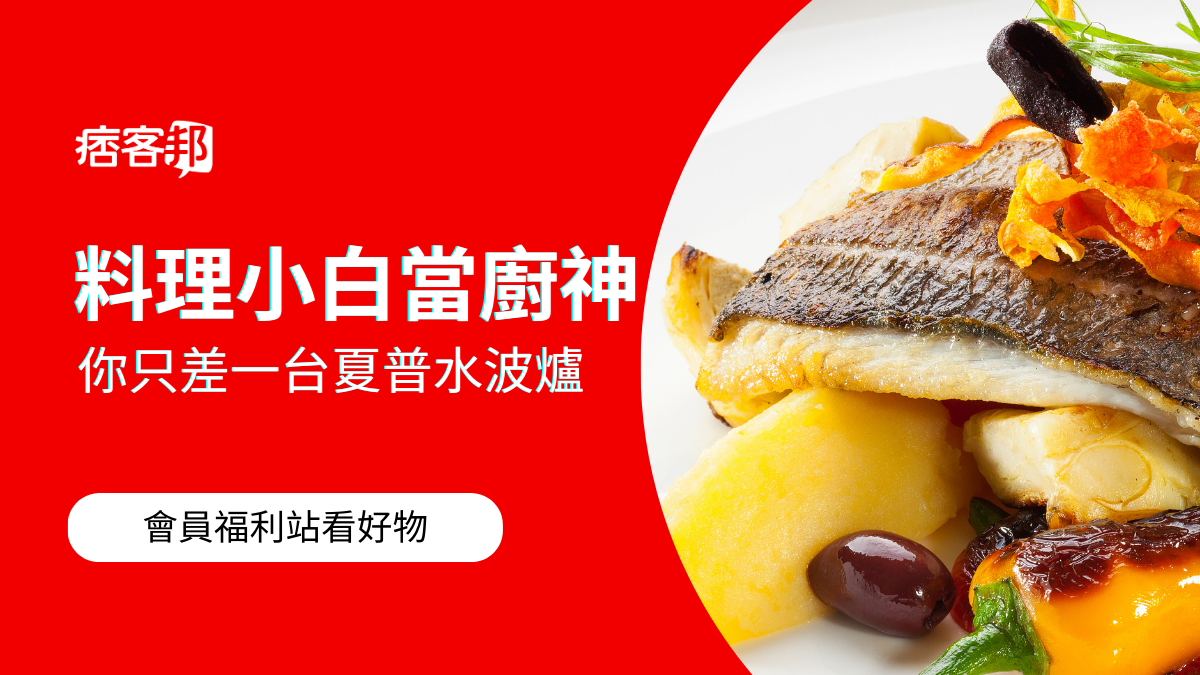Chinese black teas have captivated tea enthusiasts around the world with their rich flavours and unique processing methods. Among these, Jin Jun Mei and Lapsang Souchong stand out as distinguished varieties from the Wuyi Mountains in Fujian Province. Though they share a geographical origin, these teas present contrasting profiles and characteristics that reflect their unique production techniques. This article delves into the origins, processing, taste profiles, and brewing methods of these two exceptional teas.
Origins and Historical Background
Both Jin Jun Mei and Lapsang Souchong hail from Tongmu Village in the Wuyi Mountains, an area renowned for its ideal tea-growing conditions. The region's misty mornings and fertile soil contribute to the exceptional quality of its teas.




